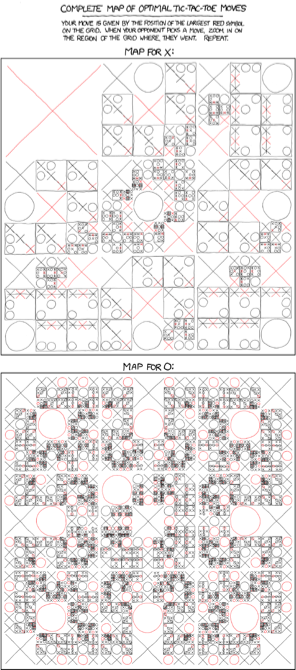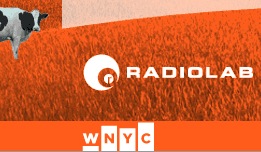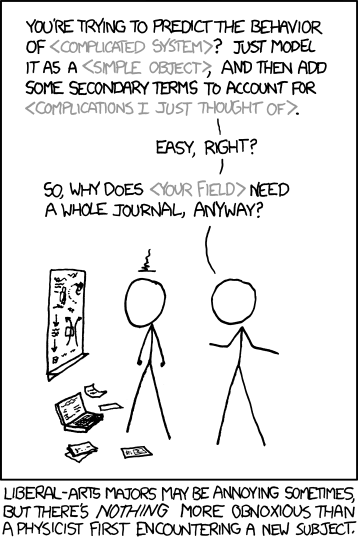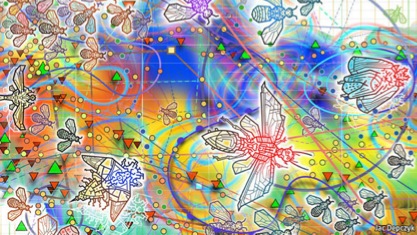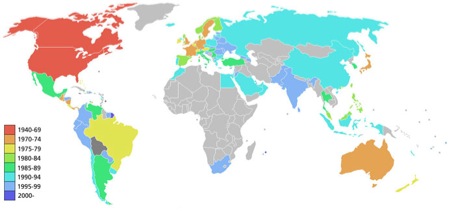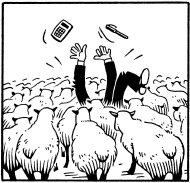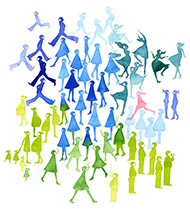Optimal tic-tac-toe strategy, illustrated:
10/02/11 13:49 Filed in: games
Books = data.
20/01/11 13:33 Filed in: Contagion
``Quantitative analysis of culture
using millions of digitized books'' by Michel
et al., Science, 2011.
More here: http://www.culturomics.org/
Data and play here: Google Books ngram viewer
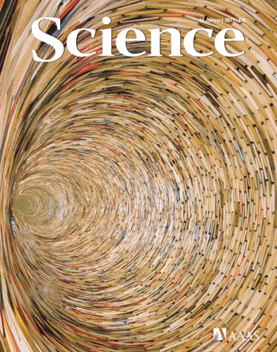
More here: http://www.culturomics.org/
Data and play here: Google Books ngram viewer

The invention of Money.
18/01/11 21:09 Filed in: Science
The mystery of money. This American Life, #423:
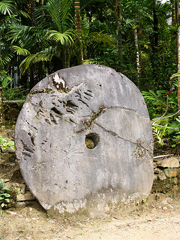

A simple model of how physicists behave.
24/09/10 23:06 Filed in: Amusement
Where people take photos
20/09/10 16:14 Filed in: Social
Phenomena | Patterns
Mapping places of interest based on
geotags in Flickr photos (by Eric Fischer).
Excitement is had here by Fast Company and here by FlowingData. A rough effort to break apart the photos of tourists and residents is shown here:
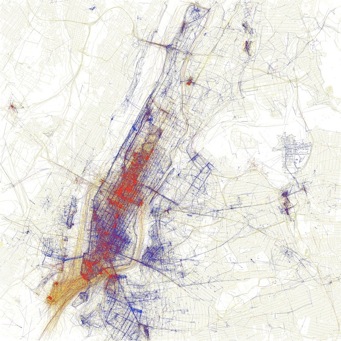
Excitement is had here by Fast Company and here by FlowingData. A rough effort to break apart the photos of tourists and residents is shown here:

Visualization of word frequencies
18/09/10 22:17 Filed in: language
Predicting financial crises
18/09/10 11:15 Filed in: economics
Play networks
27/08/10 17:19 Filed in: games
| Social
Phenomena
Social networks = platform for game dynamics:
The dismalness of the most dismal of sciences
29/09/09 21:18 Filed in: ecomomics
| Prediction
Social contagion, a review
17/09/09 20:12 Filed in: Contagion
| Social
Phenomena
A spreadworthy message
05/11/08 19:20 Filed in: Contagion
An excellent viral video from a recent political
campaign.
Corporate contagion
05/11/08 19:19 Filed in: Contagion
The diffusion of retail establishments
05/11/08 19:17 Filed in: Contagion
Identity, Self-Awareness, and Twitter
26/09/08 14:44 Filed in: Social
Phenomena
From the New York Times Magazine, a great, mutlifacted
article about how we communicate online.
Political book preferences
11/09/08 08:35 Filed in: Politics
Amazon has an interactive map of the US showing
which political books are bestsellers as a
function of state. You’ll notice that Vermont is
rather blue.
The end is nigh...
10/09/08 13:27 Filed in: Science
As we record more and more information about ourselves
and
everything around us, Chris Anderson argues
in Wired that the end of theory is nigh.
(He’s certainly not the first to do so.)
It’s certainly true that we have moved into an age of
data abundance as far as social sciences go.
It’s worthwhile to simply dive into these streams
of data and look for patterns. Questions will naturally
appear, we will search more, and theories will form.
And while simple theories may not be available for
many problems, we at least have the task of improving the science of description.
everything around us, Chris Anderson argues
in Wired that the end of theory is nigh.
(He’s certainly not the first to do so.)
It’s certainly true that we have moved into an age of
data abundance as far as social sciences go.
It’s worthwhile to simply dive into these streams
of data and look for patterns. Questions will naturally
appear, we will search more, and theories will form.
And while simple theories may not be available for
many problems, we at least have the task of improving the science of description.

